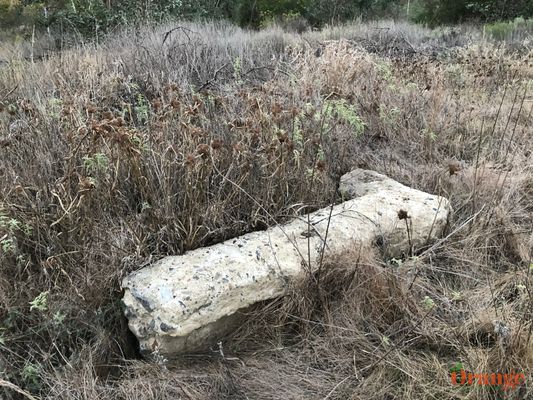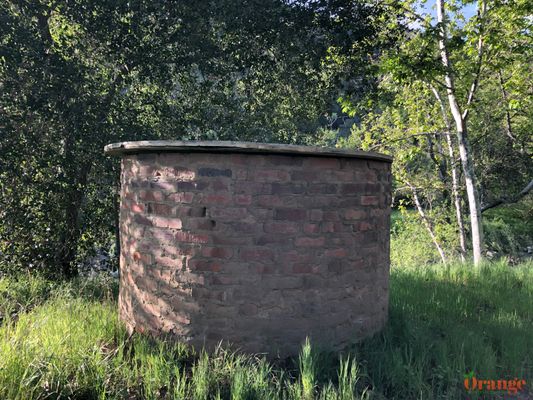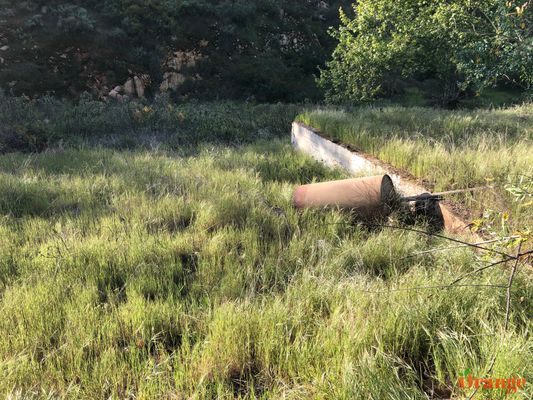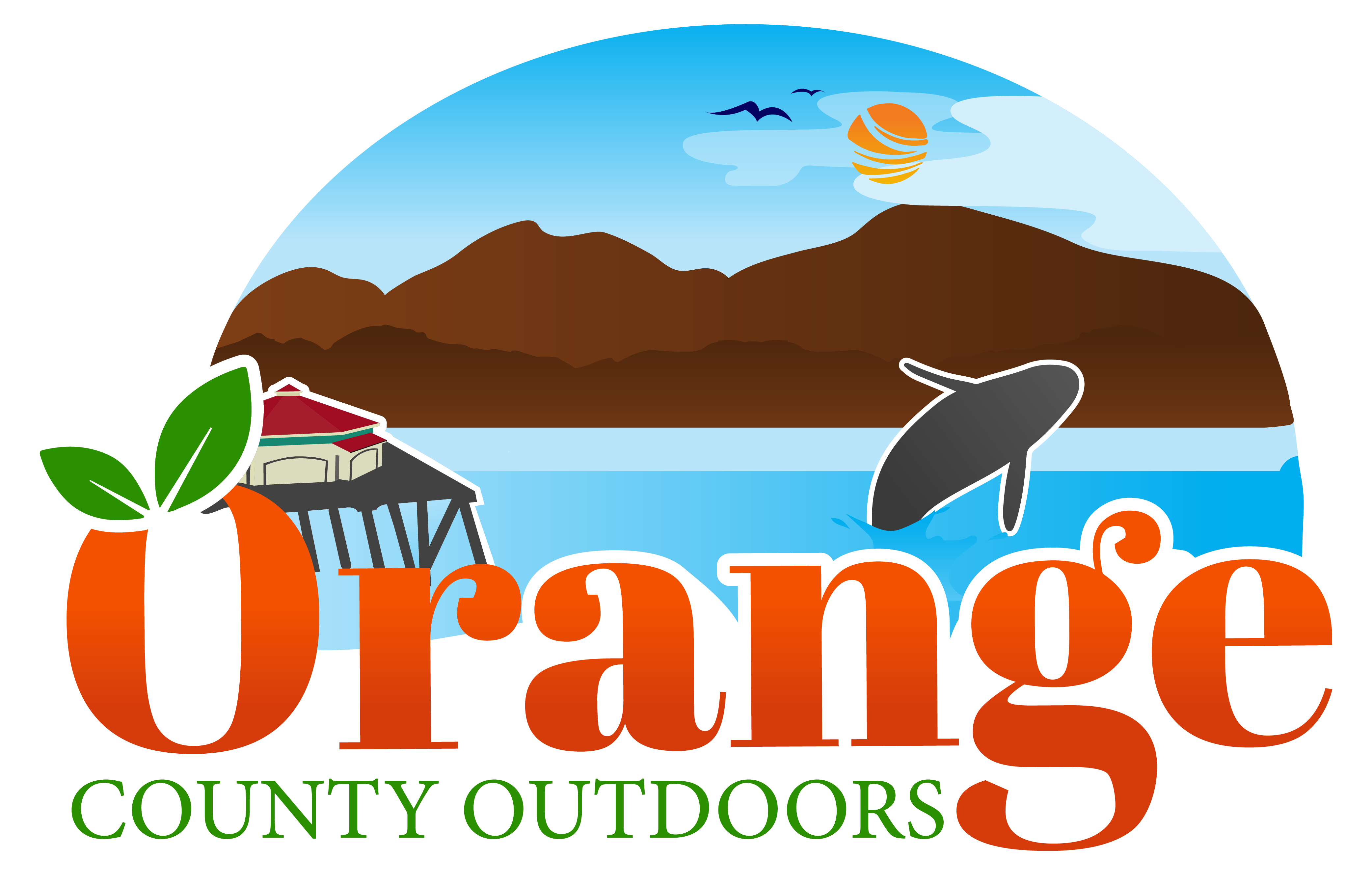San Juan Hot Springs
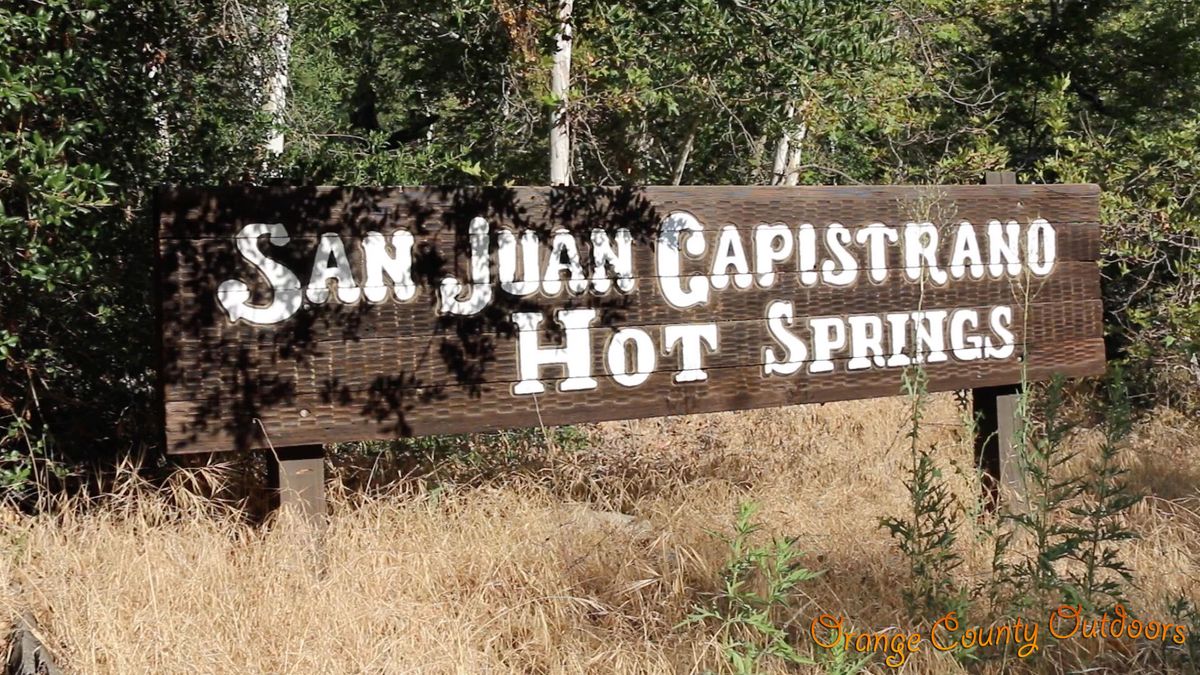
For most people that live in the area, Orange County is probably one of the last places that comes to mind when thinking about natural hot springs. San Juan Hot Springs is an area with several natural hot springs coming out of the ground. The area was used by the original inhabitants of the area known as The Acjachemen People. They used these hot springs for their natural healing powers for around 10,000 years.
The first non-natives known to see this area were scouts from the Portola Expedition in 1769. This expedition was led by Sgt. José Francisco Ortega which Ortega Highway was later named after. In 1775, Spanish Missionaries came to the area and declared a place to build a mission but the native Acjachemen People did not take a liking to these invaders. After being pushed out of the area, the Spanish Missionaries came back a year later and built Mission San Juan Capistrano. This time they came with a larger army and forced the natives into their religion or faced death. These native people were assigned Spanish names and the area around it was all renamed with Spanish names. It is unknown what the Acjachemen People called the hot springs but the oldest known name to the area is San Juan Hot Springs, given by the Spanish.
As time went by, the original trail used by the natives was widened enough for horse-drawn carriages to navigate through the canyon to the hot springs. In the 1870's, people began to camp in the area while using the hot springs and by the 1880's, a bathhouse was constructed at the springs as well as a hotel, restaurant, general store, and dance hall. This area was now a resort with natural hot spring tubs and a pool. People would reach the resort via stagecoaches after being dropped off by the Santa Fe Railroad.
In 1913, a paved road was constructed through the canyon which allowed for automobiles to get to the hot springs. Because of this, many more people began visiting the resort. In 1934, the road was named Ortega Highway, after the leader of the Portola Expedition. Bathers flocked to the area to soak in the 122° water. The resort changed owners several times throughout its run until 1936 when the resort finally shut down due to failed lease agreements with the company that now owned the land. Since then, there have been several attempts to get the hot springs opened again but all have failed. A fire burned down many of the old buildings and the remaining buildings were moved offsite.
In 1941, a county park was designated in this canyon which included most of the area surrounding the hot springs. The hot springs now sit in a far corner of Caspers Wilderness Park which is difficult to access. The hot springs actually lay adjacent to Ortega Highway although fencing stops visitation to the springs without paying the fee to access the park and having to hike 9 miles round-trip. In the 1960's and 1970's, many people trespassed into the hot springs and it became a place for drug use, graffiti, and someone was even shot and killed there. This pretty much sealed the fate for these hot springs. There are still a few tubs that hold hot water and people do occasionally still bath in them although it is at their own risk of being cited by OC Parks who now owns the land.
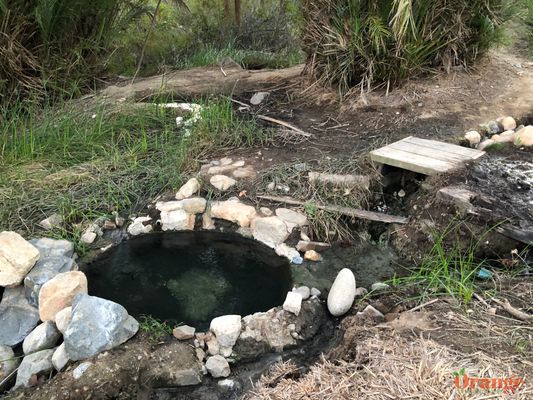
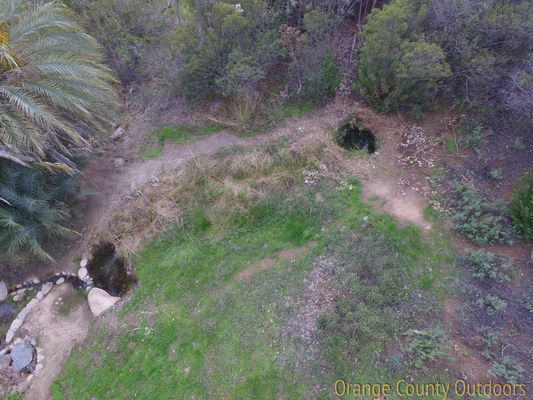
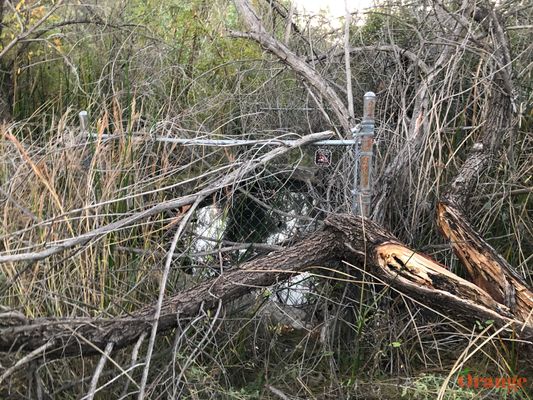
Ortega Highway
Near the fire station, you can see some of the remnants of San Juan Hot Springs as you drive along Ortega Highway. This is an old foundation.
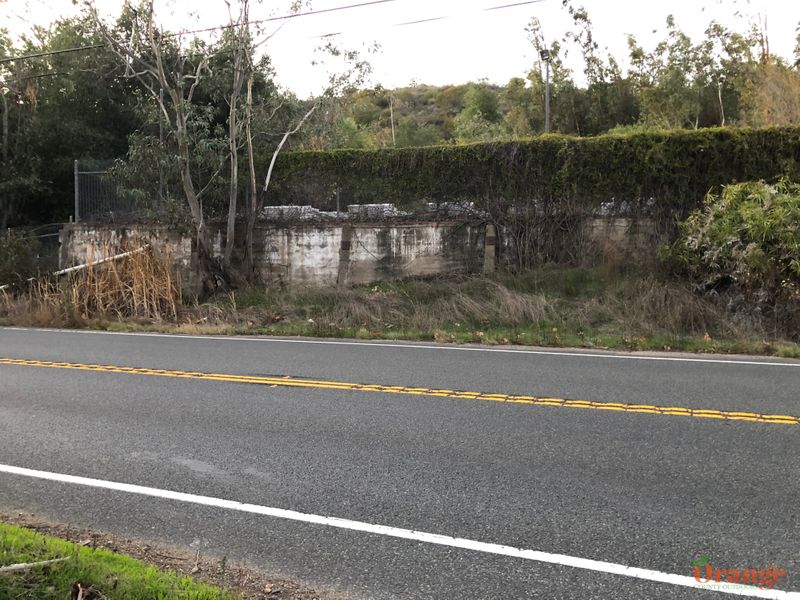

Dance Hall
The original dance hall building that was built at the hot springs has been moved to San Juan Capistrano and is now used as a police sub-station.


Remnants
In 1990, improvements to Ortega Highway re-aligned the segment of the highway that ran next to the hot springs and now split the hot spring area into two. Across the street from the hot springs, you can still find old cabins that were built during the resorts hay-day, they are inhabited so please don't disturb them. You can still find some remnants of the history by exploring the area around the fire station.
